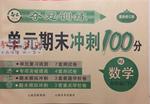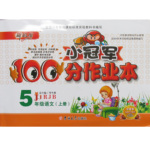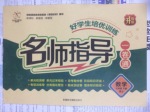题目内容
6. the film. The story was so boring that I almost feel asleep in the cinema (would)
我倒宁愿没看这部电影。故事太乏味了我几乎都在电影院里睡着了。
6. I'd rather not have watched

练习册系列答案
 夺冠训练单元期末冲刺100分系列答案
夺冠训练单元期末冲刺100分系列答案 新思维小冠军100分作业本系列答案
新思维小冠军100分作业本系列答案 名师指导一卷通系列答案
名师指导一卷通系列答案
相关题目
题目内容
6. the film. The story was so boring that I almost feel asleep in the cinema (would)
我倒宁愿没看这部电影。故事太乏味了我几乎都在电影院里睡着了。
6. I'd rather not have watched

 夺冠训练单元期末冲刺100分系列答案
夺冠训练单元期末冲刺100分系列答案 新思维小冠军100分作业本系列答案
新思维小冠军100分作业本系列答案 名师指导一卷通系列答案
名师指导一卷通系列答案